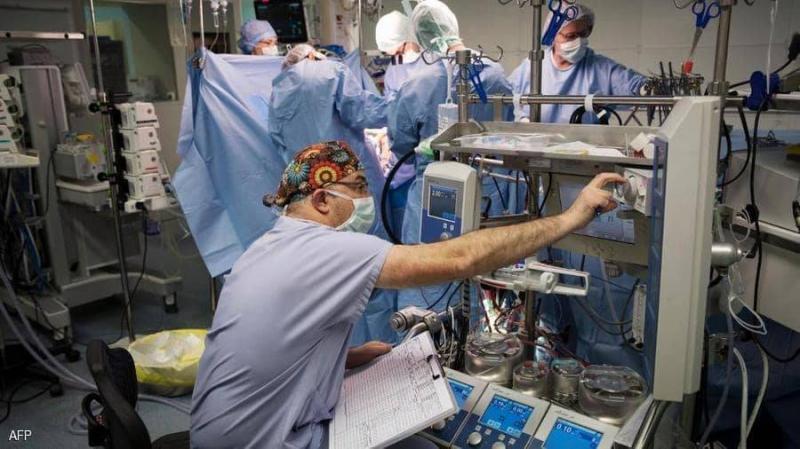The use of 3D technology has diversified across many fields, with its latest application being the diagnosis and treatment of coronary artery diseases, which is five times faster compared to traditional methods used in this area. According to the British National Health Service (NHS), the new technology converts cardiac CT scans into 3D images, enabling doctors to diagnose problems in just 20 minutes. Previously, diagnosing patients with artery issues was time-consuming and required hospitalization for procedures.
As reported by British Sky News, 100,000 people will be able to utilize the new technology named "HeartFlow" over the next three years. Treatment may involve surgery, medications, or the placement of stents, while individuals with less severe conditions can receive advice to improve their lifestyle or medications to lower cholesterol.
The technology was launched last month as part of the NHS plan to reduce the number of heart attacks and strokes by 150,000 cases. The technology transforms cardiac imaging into a 3D representation, allowing for quicker diagnosis by doctors. Patients who previously needed lengthy angiography processes in the hospital will now receive therapeutic diagnoses five times faster.
Regarding the new technology, NHS Innovation Director Matt Whitty stated that "HeartFlow has achieved significant success in clinical trials and will help tens of thousands of people annually to receive quick diagnoses, ultimately saving lives." Meanwhile, NHS Medical Director Stephen Powis remarked, "By accelerating the diagnosis and treatment of heart disease patients, we will save thousands of lives."




